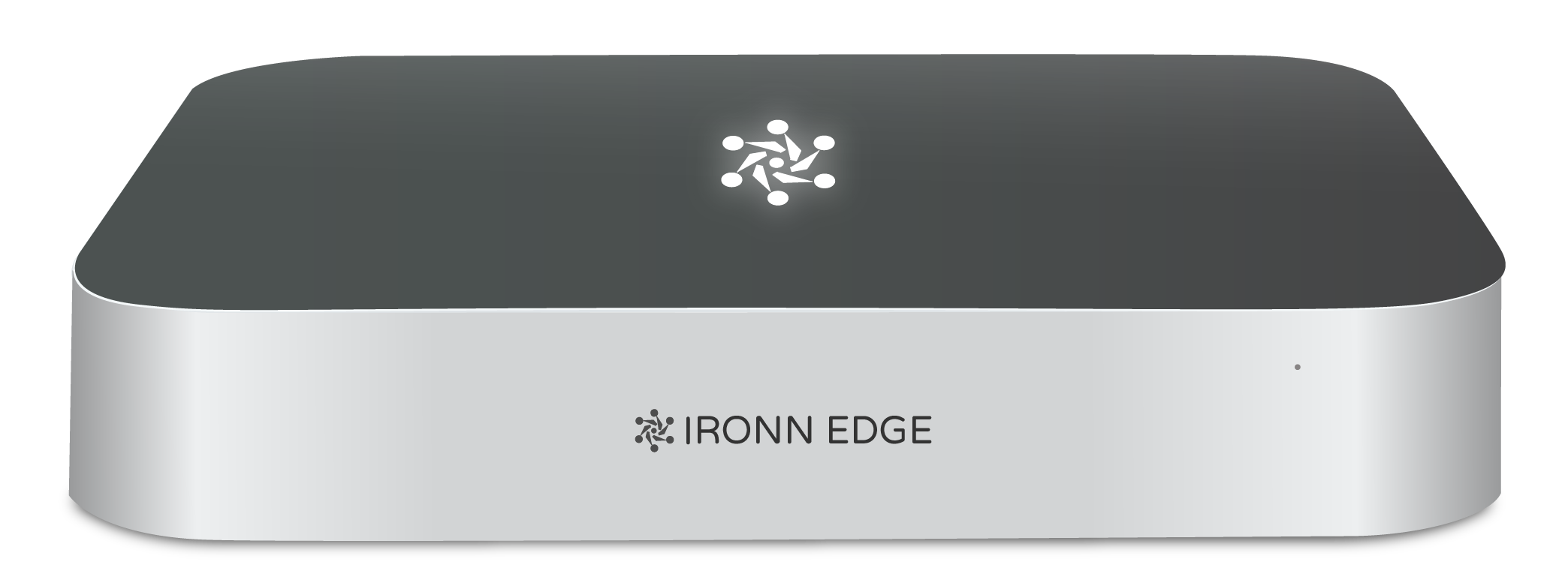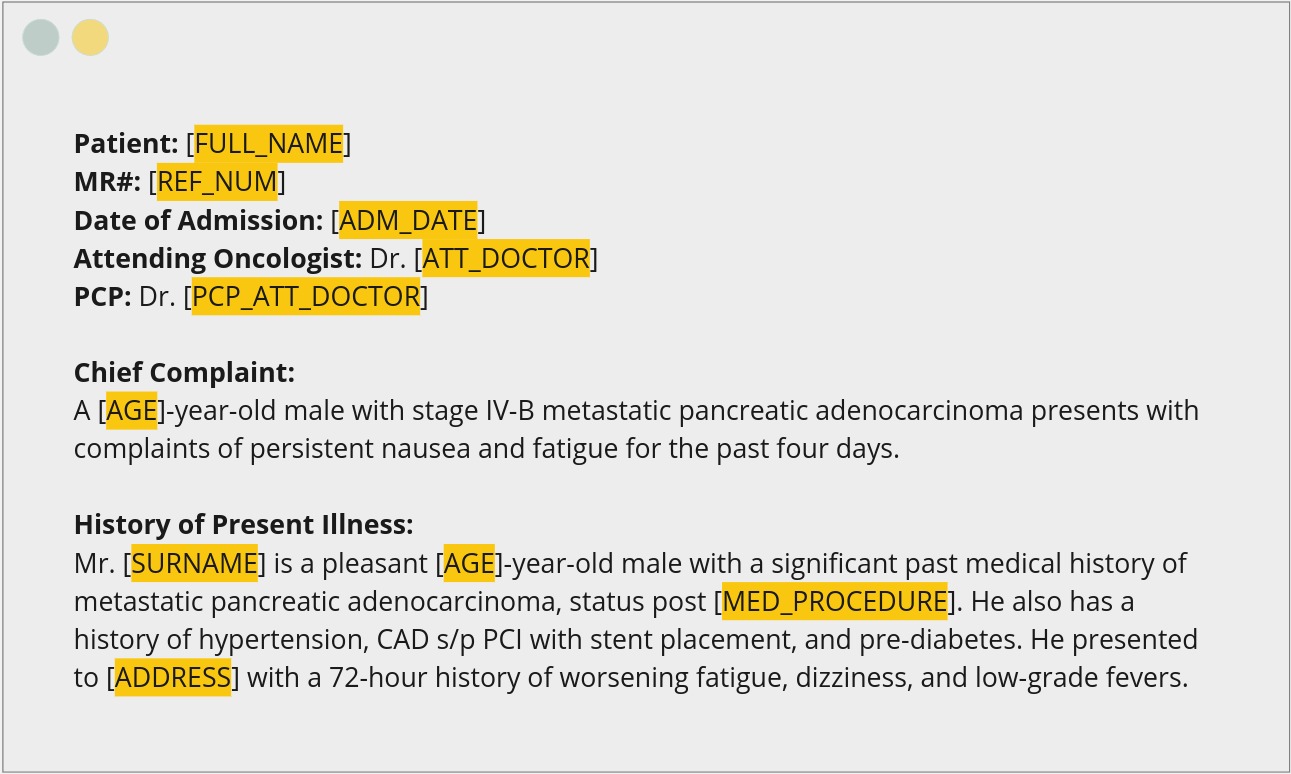IRONN EDGE Care helps protect people who need extra support at home. The system uses artificial intelligence to keep watch over daily activities and alert family or carers if something seems wrong. This guide explains how the system works and how it could help you or someone you care for. How it helps The system […]
What is de-identification and why is it important? De-identification is the process of removing or obscuring personal information from health data, making it difficult or impossible to link the data to specific individuals. This process is crucial for healthcare organisations to: De-identification allows healthcare providers to unlock valuable insights from patient data while maintaining strict […]
We’re thrilled to announce that Prolab LIS Cloud, our state-of-the-art Laboratory Information System, is now available for a free trial! This cloud-based version brings all the power and flexibility of our desktop application to the cloud, offering unparalleled accessibility and scalability for laboratories of all sizes. Prolab LIS Cloud is designed to streamline your laboratory […]
The Columbia International eHealth Laboratory (CIEL) concept dictionary is a comprehensive, multi-lingual clinical terminology developed to support electronic health record systems, particularly in resource-limited settings. It provides a standardized set of medical concepts that cover a wide range of clinical domains, making it especially valuable for global health initiatives and implementations of OpenMRS, a popular […]
RxNorm is a standardized nomenclature for clinical drugs developed by the National Library of Medicine (NLM). It provides normalized names for clinical drugs and links its names to many of the drug vocabularies commonly used in pharmacy management and drug interaction software. RxNorm is designed to support semantic interoperability between drug terminologies and pharmacy knowledge […]
SNOMED CT (Systematized Nomenclature of Medicine — Clinical Terms) is a comprehensive, multilingual clinical healthcare terminology. Developed by SNOMED International, it provides a standardized way to represent clinical terms across various healthcare settings. SNOMED CT is designed to facilitate the accurate recording and sharing of health information between healthcare providers, researchers, and other stakeholders. Structure […]
Logical Observation Identifiers Names and Codes (LOINC) is a universal standard for identifying medical laboratory observations. Developed and maintained by the Regenstrief Institute, LOINC provides a set of universal names and ID codes for identifying laboratory and clinical test results. This standardization is crucial for the exchange and aggregation of clinical results for patient care, […]
The International Classification of Diseases, 10th Revision (ICD-10) is a standardized system for coding and classifying mortality data and morbidity data from inpatient and outpatient records, physician offices, and most National Center for Health Statistics (NCHS) surveys. Developed by the World Health Organization (WHO), ICD-10 provides a common language for reporting and monitoring diseases, enabling […]
In the rapidly evolving landscape of healthcare technology, Promed HIS emerges as a cutting-edge Health Information System designed to meet the complex needs of modern healthcare providers. As a Software-as-a-Service (SaaS) solution offered by Yoctobe, Promed HIS offers a comprehensive suite of tools that promise to revolutionize patient care, streamline operations, and enhance overall healthcare […]
The transition from HL7 v2 to FHIR (Fast Healthcare Interoperability Resources) represents a significant leap forward. At Yoctobe, we understand the complexities involved in this migration and have developed AI-powered solutions to facilitate a smooth transition. Our comprehensive interoperability engine is designed to bridge the gap between legacy systems and modern, FHIR-based healthcare ecosystems. Understanding […]








